Raw Peanut’s: An Important Part of a Racing Pigeon’s Diet
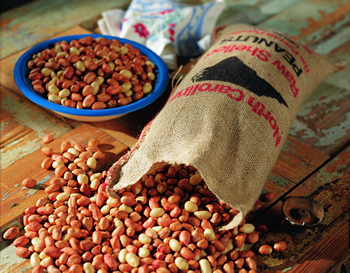 The racing in Taiwan is the most challenging and difficult for the young racing pigeon. The strenuous schedule or race series and the very young age of the birds requires them to have the best food sources (grains), with the greatest and nutritional value, available.
The racing in Taiwan is the most challenging and difficult for the young racing pigeon. The strenuous schedule or race series and the very young age of the birds requires them to have the best food sources (grains), with the greatest and nutritional value, available.
Peanuts are superior to any other grain we can give our birds for racing. You should feed them in raw form or as unroasted nuts. We prefer the RAW SPANISH PEANUT because of its small size and uniform shape. However, regular peanuts are just as good, but might be a little more difficult to eat because of the odd shape and larger size. Both have the same nutritional value and will produce the same great results, with the RAW SPANISH PEANUT having a little better taste. You should feed peanuts whole, with the skin still on. This ensures that the birds will get the most value from the food source. When peanuts are halved or crushed, they loose a great deal of their nutritional value. Peanuts should be stored in a cool place, free of dampness or moisture. If properly stored, they will last for up to 1 year with no problem. Here in the USA , we buy them in 110 lb. bags direct from the peanut companies. We buy only # 1 grade, which are fit for humans. This gives us the very best to feed to our birds. The cost is about $1.00 USD per lb. This is one of the best investments a fancier can make to ensure success in breeding and in the racing loft.
Peanuts contain the highest oil content, more then grains like sunflower seeds, linseed, hemp seed, and rape seed, which are all very high in oil content.
Peanuts contain an extremely high FAT content 47%, compared to CORN 4%, WHEAT 2%, PEAS 1%. Peanuts are high in PROTEIN 30%, CORN 10%, WHEAT 12%, PEAS 23%.
CORN, WHEAT and PEAS are high in carbohydrates 55-70% as compared to PEANUTS 12%. This is important because when carbohydrates turn into energy, they give us 1/2 amount of energy as do grains high in fat.
Therefore, peanuts give our birds over 2 times as much energy or fuel to race than corn, wheat or peas. The nutritional value or energy our birds receive from peanuts is 2 times greater than normal feeds.
During the race, the birds store energy in the form of “GLYCOGEN” in their muscles and liver. The glycogen, much like gasoline in your car changes to energy to move the vehicle. When the glycogen tanks of our birds are empty, they have no more fuel, and our birds are still on the wing, they start to burn up their body protein. This means the pigeon has to use up its own muscles, in the process losing weight. In extreme cases, they may come home as just feathers and bones, or they may never return. Birds that are fed peanuts (47% fat), instead of the normal feed (5-10% fat) low in fat content, can handle the tough races without losing weight or using up their own muscles. They return home in excellent condition to race again the next week. This is very important with the Taiwan style of racing, where birds must complete the race series to win large prizes.
The peanut is the first class fuel for our pigeons’ racing engines. These nuts far exceed other feeds (grains) in energy value by 2 to 1, or twice the value. The night of basketing, we give the pigeons as many peanuts as they want. One helping of peanuts equals in energy value two crops full of regular feed. The birds are actually eating for two days. If you were comparing it to your car, you would have 2 tanks of gas with peanuts and only 1 tank of gas with normal feed.
The “peanut pigeons” have less need for water than the birds that have been fed ordinary grain rations, because the grains have to stay longer in the crop, while soaking up water, until they are soft enough for the muscles of the stomach to be able to grind up. This process takes quite a bit of energy. Peanuts do not need soaking, which means they need little water and leave the crop relatively fast. They are soft so it takes little energy to digest them. Thus, peanuts are an advantage to our racers because they are faster to digest than regular grains. Fanciers who feed peanuts agree that their pigeons are less thirsty, even on hot days. When they return to loft on these hot days, they are more alert, active and less fatigued.
As with other feeds that pigeons are unfamiliar with, it takes a while to get to eat the peanuts. It is an advantage for the fancier to feed peanuts to his breeders. They are excellent for both healthy breeders and to develop nice young, but more important, it introduces the young birds to peanuts. They love the taste. The birds become tame, with no trapping problems. They admire their fancier and become more motivated to return to their loft and perches.
How do we feed this valuable grain to our birds to achieve success? We still feed our regular grain mix (15%-17%) and add peanuts to the birds’ diet. You will notice in a short time that the birds will eat less when you start to feed them. When the birds are in training, developing and racing, the owner hand feeds them all they want to eat. The fancier stays with the birds, giving them grain until they are full, making sure that they take a good drink and on their own perches.
You should give breeders 1 – 2 lbs. of peanuts per 20 pair of breeders. The fancier should take the time to place 5-10 peanuts in the nest bowls of cocks or hens sitting tight on eggs or young. You should feed the pigeons as close to equal amounts. This is difficult because of fast eaters in the loft. You should hand feed small amounts at a time to make sure each birds gets his fair share.
The race team should have no problem with eating peanuts, because they have acquired a taste for them while fed in the nest. They are excellent for young birds at any age and you should give a few to the birds every day. As training gets tougher, you should add a few more peanuts to birds’ diet. As we approach qualifying races and the first race, we should increase the amount of peanuts each day for 5-6 days before a race. The day of basketing or shipping, the birds should have free choice to eat as much as they want. We always send the birds to the club (night of shipping) with full crops, full of food and water. We are careful not to feed too close to the travel time to the club. Some birds will vomit up food, which is of no value. Give the birds time to eat and drink at the loft and time to rest on their perches before basketing and traveling to the club. We like to keep our birds in the loft as long as possible before we go to the club. They can rest and are not fighting in the club baskets. We place a few birds in each carrier when we travel to the club. We like to give them plenty of room. It is foolish to crowd the birds when you can take 2 carriers with plenty of room.
When the races are long and tough, and the birds are on the wing for several hours, the pigeons with large supplies of peanuts do not suffer from muscle loss or loss of weight. Peanuts provide the energy to protect their muscles, to keep their proper weight and to stay in form to race another day.
Like this article? then you’ll love Pigeon Racing Nutrition Secrets Exposed > > Click here to learn more

Raw Peanut’s: An Important Part of a Racing Pigeon’s Diet by Bob Prisco

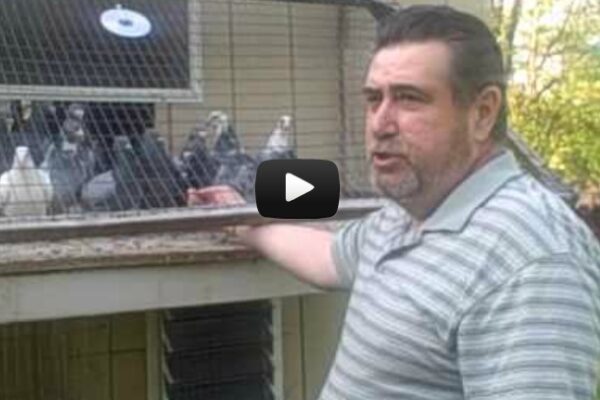
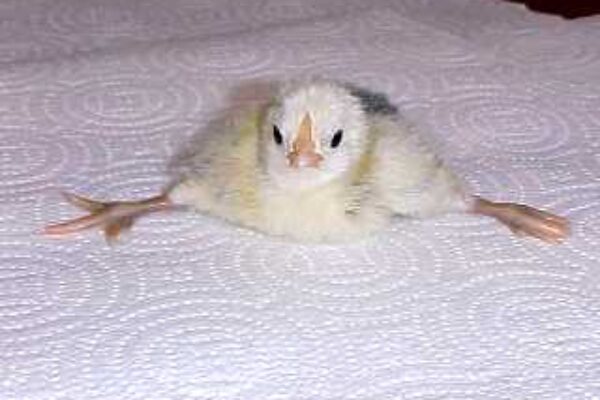
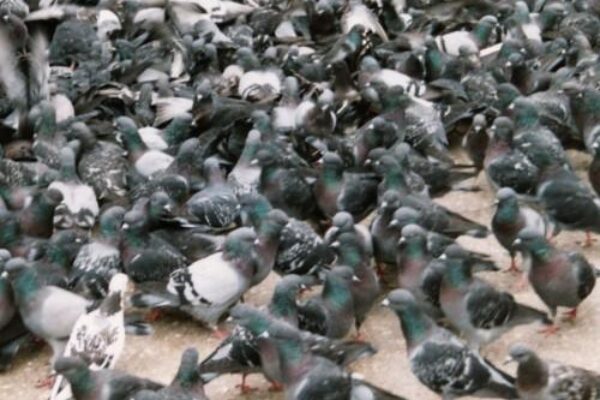
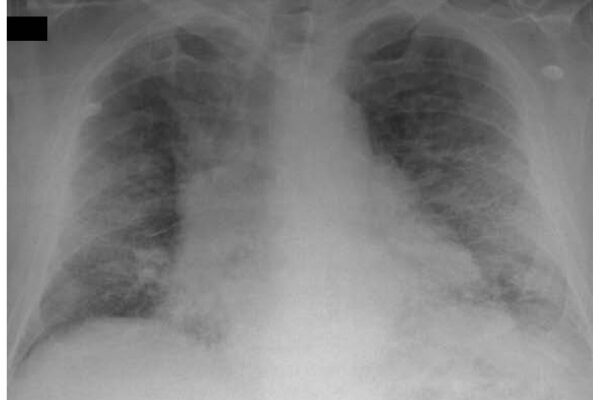
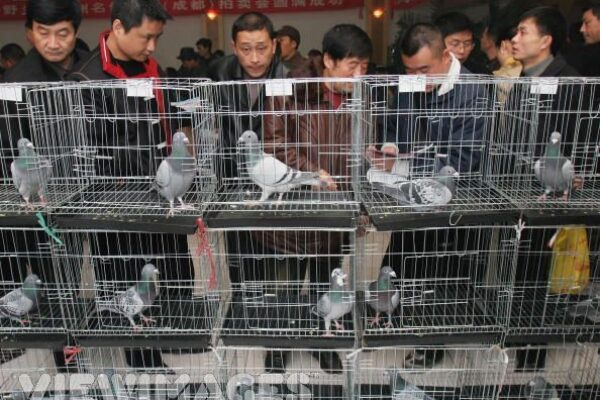
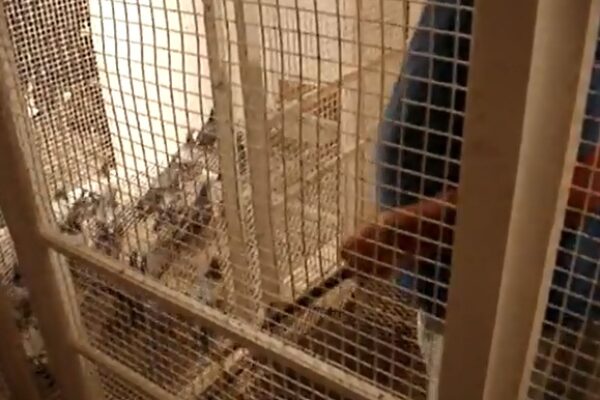


I heard peanuts long before that it is good but its price is too high.
Kris can you e-mail us the pictures of “Champion Pigeon”. It would be good if you can send video of champions so we can study the physical attributes atleast.
Thank you very much.
berni
m8 thats a big help just starting up young bird racing thanks for the tip will try it out….
I am using to fed my 50 pigeons ,just with corn,grains(16kg.=3dollars,good price in Romania),also once a month I fed the pigeons with SunFlower seeds,I think having same quality as peanuts.
I am farming the pigeons from 1970 and I never made any medical treatment,just put one spoon of salt and metill in drinking water and i did not have any healthy problem with the pigeons.
Claudio,
Great addition to the article, thanks for posting.
-Chris
http://www.pigeonracingpigeon.com
Hi Chris any change U can make contact with Claudio to get the info as per how he mix the salt and metill to how many LT of water?. Do one give the mix ones a week?
Piet
Hi Claudio thks for the tip.How many metill do u ad with the one spoon of salt and to what amount of water?( Lt ) U say one spoon is it a teespoon or tabelspoon.
Thks
This was a very good write up on using Peanuts as fuel for are racers……….I will try this method this year on my YB team. “Thanks for the info.”
thank you for the article, i’ll continue fed peanuts my racing pigeons for more success.
I’ve used peanuts on the day of basketing but not as much as you say to, I’ll try your way this year. I’ll let you know after the old bird season how it goes.
Thanks, Dave
Dear Sir,
Yes, Peanut is also the great source of carbohydrates and protiens. you write a very nice and helpful topic.
thanx and regards.
I thought according to the article, peanuts were fat(47%), protein(30%) and carbs(12%). Not very high in carbs, but still very high in energy fol the volume. A very important point. Less muscle being torn down to do the work when “G” is used up. Less fatigue, better recovery.
I enjoyed the article on feeding the peanuts.I guess I will try it this year with YB’s. 2011 will be my first year to fly racers and I need all the info and help I can get. I have a good pigeon racing friend in Chico California who also told me to feed the birds peanuts.
i am in south afrika we feed ouer pigeons peas or is it beter that i switch over to peanuts can some one please help with advice
Hi Leon ,what club do you race in .I am from Johannesburg in the TRPF.
I use peanuts from race 1 to 36. every week ,4 days a week ,won 56 races in 6 years from short to long.
Hi Andre, ek is Thinus Botha en vlieg in Pietersburg duiwe. Hoeveel grondbone voer jy en op watter dae.
Dankie,
Thinus Botha.
exerlent article ive fed peanuts to my distance birds with great success [email protected] / blue diamond lofts